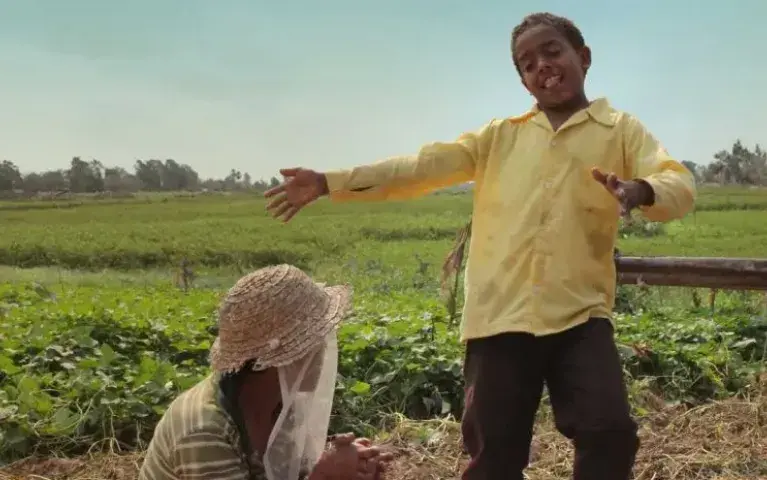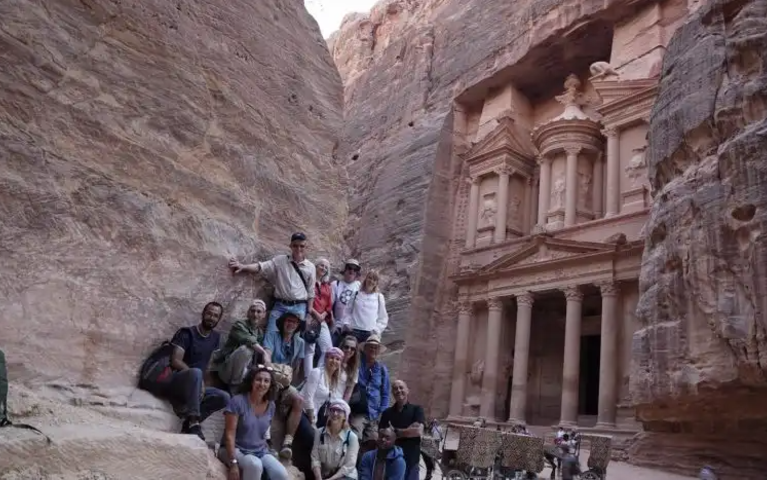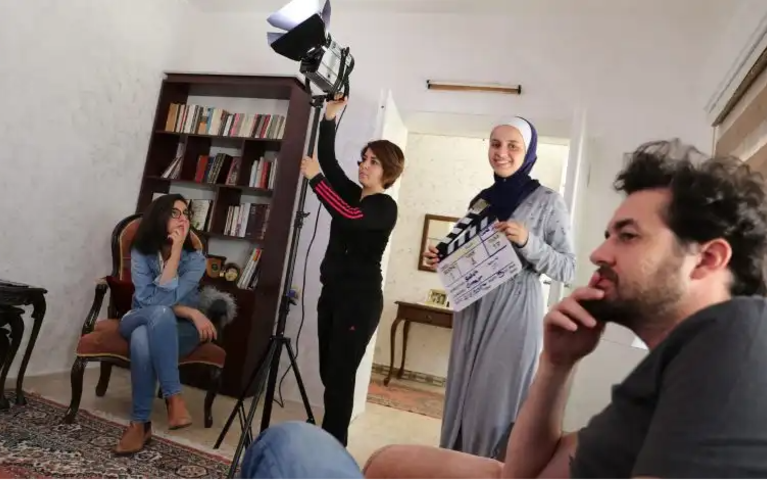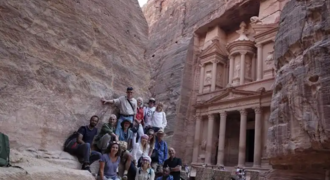Film Review: Yomeddine

n a time of pandemic where populations are in quarantine, many of us have turned to cinema for companionship. The movies that take us to different environments, different setting and different characters, some of whom have lived a similar – often more bothersome – form of seclusion. We remember here the less privileged, the outcasts, as we follow their brave – sometimes fictional, other times too real – journeys.
Located in North Cairo, Abu Zaabal leper colony was the inspiration behind Abu Bakr Shawky’s feature film. There, the director had shot his short documentary “The Colony” in 2009. The colony is home for 6000 people, who choose to stay, years after scientific proof that they are not contagious or of danger to the outside world..
The NYU graduate, Shawky, along with producer Dina Emam, put together a small team to create a fascinating road movie that tells the story of Beshay; a man who has recovered from leprosy but left with extensive scarring, living off scavenging for sellable items from the local garbage dump.
Following the sudden death of his wife, Bashay arrives at a midlife crisis and resolves to travel to his home village, which is hundreds of miles away – uncertain of the path and afraid of facing the family, who abandoned him as a child out of fear of his condition.
Centuries ago, and due to socially assumed contagiousness of the disease, lepers were ostracized and marginalized. They were subject to extreme measures of quarantine all over the world, and even now, that research has concluded 95% of people is immune to this disease, the people affected are often treated as outcasts, and therefore consider themselves to be.
Played by non-professional actor Rady Gamal, a natural in both his performance as well as appearance, as Shawky allows the contours of Gamal’s face to be bathed in light without any prosthetics. Bashay’s traveling companions are a monkey and Obama; a boy from the neighboring orphanage, played by Ahmed Abdelhafiz, another non-actor. He was given the name of Obama, in reference to the “guy on TV”, as he later elaborates.
On the road, the two friends encounter an unsurprising amount of hostility from strangers, but eventually find companionship from a trio of outcasts, including a legless former truck driver and a dwarf. The new characters are introduced in light and often comedic dialogue, bringing to mind the movie “Freaks” (1940) by Tod Browning, which was played by a cast of real performers from the 40s’ “Freak Shows”. These performers fought unemployment through performance art and are remembered to our day for the movement they have started.
In a way, “Yomeddine” introduces the new heroes, this time Egyptian, forming deep friendships and continuing to work for a living regardless of their physical disability, limited options and the discrimination they’re subject to.
“Yomeddine’s value lies in its documentation of the outcast experience through close encounter with Egyptian slums shot by Argentinian cinematographer Federico Cesca: demonstrating raw portrayal of hardship without engaging in poverty porn, and music by Omar Fadel was successful in forming a memorable sound to the movie.
Winner of François Chalais Award at 2018 Cannes Film Festival, Tanit d’Argent at Carthage Film Festival, the Audience Award at El Gouna Film Festival and a nominee for numerous awards, “Yomeddine”, which means Judgement Day in Arabic, is available at the Royal Film Commission’s Film Library.
*Hosam Omran is librarian at the Film Library – Royal Film Commission.















